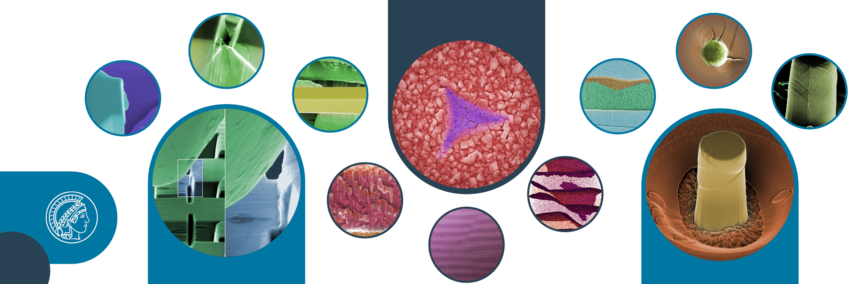Journal Article
Eckhard, K.; Erichsen, T.; Stratmann, M.; Schuhmann, W.: Frequency-Dependent Alternating-Current Scanning Electrochemical Microscopy (4D AC-SECM) for Local Visualisation of Corrosion Sites. Chemistry – A European Journal
14 (13), pp. 3968 - 3976 (2008)


